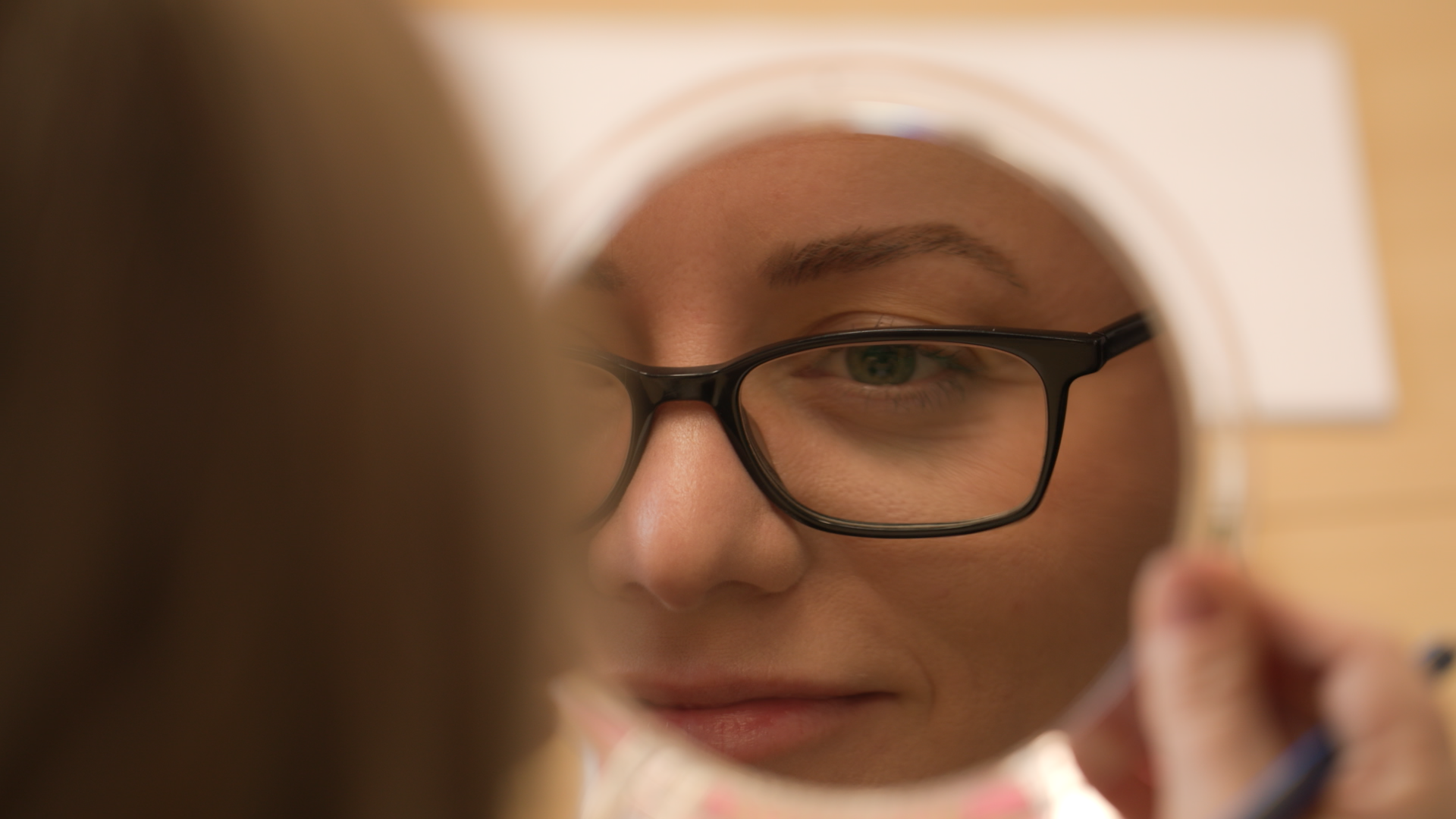People Are Creative


While artists, musicians, designers, filmmakers, dancers, and other professional creatives may be the people who help us uncover new ground, or really profoundly express collective feelings in such a way as to inform the zeitgeist and mark a moment in history, all people have the capacity for creativity in our lives if we build habits around engaging with it.
There is an oft-quoted idea that suggests that all children are artists, the challenge is how to remain one as we get older. This idea has been attributed to John Lennon and Pablo Picasso among others. The art critic Carleton Noyes said: “The child is the first artist. Out of the material around him he creates a world of his own.” But he then goes on to explain how the structure and requirements of adulthood can make us forget that. This could be due to neglect, focus on material needs, being forced into so-called adult standards, or falling prey to uninformed pressure where “the material world shuts in about us until it becomes for us a hard, inert thing, and no longer a living, changing presence, instinct with infinite possibilities of experience and feeling.”
It certainly seems more interesting and exciting to live and work in a space of possibilities and feelings. So, if we feel this way, and there is even more capacity in the modern world for us to have time, space and resources for creativity as a part of a thriving society, then perhaps we can all collectively re-prioritise that time?
Surely we want to be part of a system that helps us to all keep that spark of creativity and innovative thinking alive. A space that weaves artistic exploration into social innovation. A future that understands the implications of climate change and encourages us to think creatively about how to navigate a new course that is more aware of how we use our resources sustainably.
And the concept of creativity has been a big part of our history in this country. The Number 8 wire mentality. The community halls filled with singing and dancing and connection through creativity. The deeply interwoven forms of expression found in ngaa toi Maaori as expressions of whakapapa, storytelling, communication, healing, entertainment and more.
And while it is clear when we reflect, so often our systems forget that important value. The space for connection and new ideas. The investment of time, space and resource to enable future generations to find their own connections into the web of creativity that surrounds us.
There are opportunities that lie ahead for shaping a region and country of the future that is equitable, accessible and sustainable. This is how we can progress together.
So this means making a choice to prioritise creativity in your life. Weaving creativity in the classroom. Engaging in creative experiences. Taking up a creative hobby. Connecting with a local artist in your community. Making a daily creative habit that you can do at work.
Creativity at school is about learning and brain function and memory-making and fun. Creativity at work is about connection and wellbeing and innovation and happiness. Creativity at home is about meaning and quality time and shared experience. It would be so great to live in a society that enabled these things to happen for everyone in our communities.
It is about wellbeing. It is about time for expression and imagination and mindful curiosity that doesn’t always have to be driven by productivity. It is about new ways of thinking, and empowering people. People being creative is a world-changing, innovative and engaging act of kindness for our society.